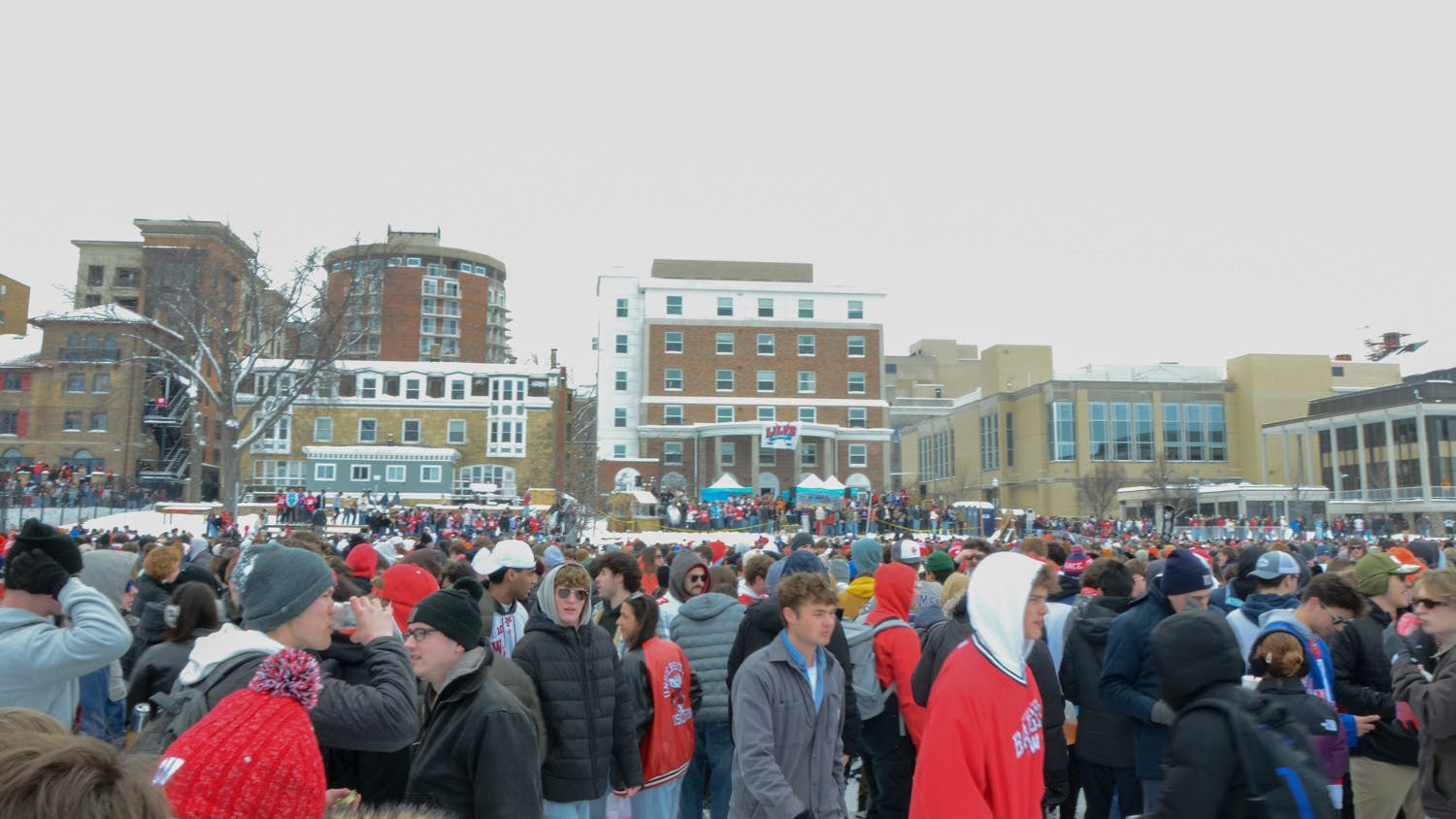The deaths of Michael Brown and Eric Garner in 2014 sparked an ongoing insurgence of race-related activism by young adults across the country, beginning in Ferguson, Mo., and eventually reaching UW-Madison’s campus.
This contemporary activism re-invigorated a longstanding history of racially charged student protests at UW-Madison.
The university’s legacy of student activism in Civil Rights issues began as early as the 1930s, with a boycott of Madison’s Hotel Loraine after it refused to accommodate a black performer in 1934, according to UW-Madison library archives. Throughout the 1940s and ‘50s, housing segregation became a common theme of campus protests.
“Segregated housing has been among the most important techniques employed in perpetuating status differences between races in the United States,” according to a 1955 Milwaukee Commission on Human Rights report.
Student protests at UW-Madison grew larger as the Civil Rights Movement reached a national climax in the 1960s, with demonstrations on Library Mall, at Memorial Union and at the state Capitol bringing crowds of 500 or more to rally against racial discrimination.
In a nationwide effort to encourage student activism and peaceful protests, Martin Luther King, Jr. visited campus on Nov. 23, 1965, met by a crowd of 3,000.
“The practice and philosophy of nonviolence is the most effective way. Love or perish,” King said in his speech, according to a 2006 university report.
The next year, at a time when only 500 black students attended UW-Madison, strikes broke out demanding more recruitment of black faculty and students, as well as the creation of a “Black Studies” department, according to the archives.
Contrary to King’s suggestions for peaceful protest, the crowds blocked off university buildings and erupted in violent fistfights. On the fifth day of strikes, then-governor Warren P. Knowles called in the National Guard, who used tear gas and fixed bayonets to clear the crowds.
In response to student protesters’ demands, university faculty created the Department of Afro-American Studies in March 1969.
However, the closure of the department just four years later inspired more demonstrations and class boycotts.
As the national climate cooled over Civil Rights issues, students at UW-Madison remained politically active albeit polarized regarding race.
This became evident when, in the same year that 275 students gathered to protest against racism on Bascom Hill, a UW-Madison fraternity was suspended for hosting a mock “slave auction” in 1987. News of the auction party incited a “day of outrage against racism” organized by the Black Student Union, according to the archives.
Protests again reflected national events in 1992, when more than 2,000 people marched from Library Mall to the City-County Building in response to the acquittal of Los Angeles police officers accused of beating black construction worker Rodney King.
Twenty-two years later, issues of racialized police brutality re-emerged into the national spotlight. “Black Lives Matter” became a slogan for protests across the country, including those on the UW-Madison campus, after the acquittal of the officers accused of killing Michael Brown and Eric Garner.
On Dec. 14, 2014 more than 800 students and community members marched from Bascom Hill to College Library to stage a “die-in” protest. The next two months saw student protests led by the Young, Gifted & Black Coalition against the proposed development of the Dane County Jail.
UW-Madison History professor Stephen Kantrowitz, who was present during the protests over the Rodney King case, said the current movement might not reach the success of activists during the Civil Rights era due to a greater divergence of opinions.
“There’s not a common media landscape in which everyone is forced to reckon with a common set of facts. Everyone has a different set of facts now,” Kantrowitz said in a 2014 university release. "It’s hard to figure out how the old strategies can gain traction in that world.”
UW-Madison senior Alex Beck, who participated in the march and die-in, said what makes today’s Black Lives Matter movement unique is its shared leadership, which is largely influenced by social media being used as an organizing tool.
“There are a lot of different leaders and it’s kind of a ‘leader-less movement’. I think social media has a big role in that,” Beck said. “Instead of one voice, there are many voices and I would say it’s an open question if one movement is better than the other.”
Beck added being a part of the march and die-in on campus was the most powerful experience he has had on campus.
“It’s one of the only times when I looked around and I saw people of all different colors coming together for a single purpose,” he said.






